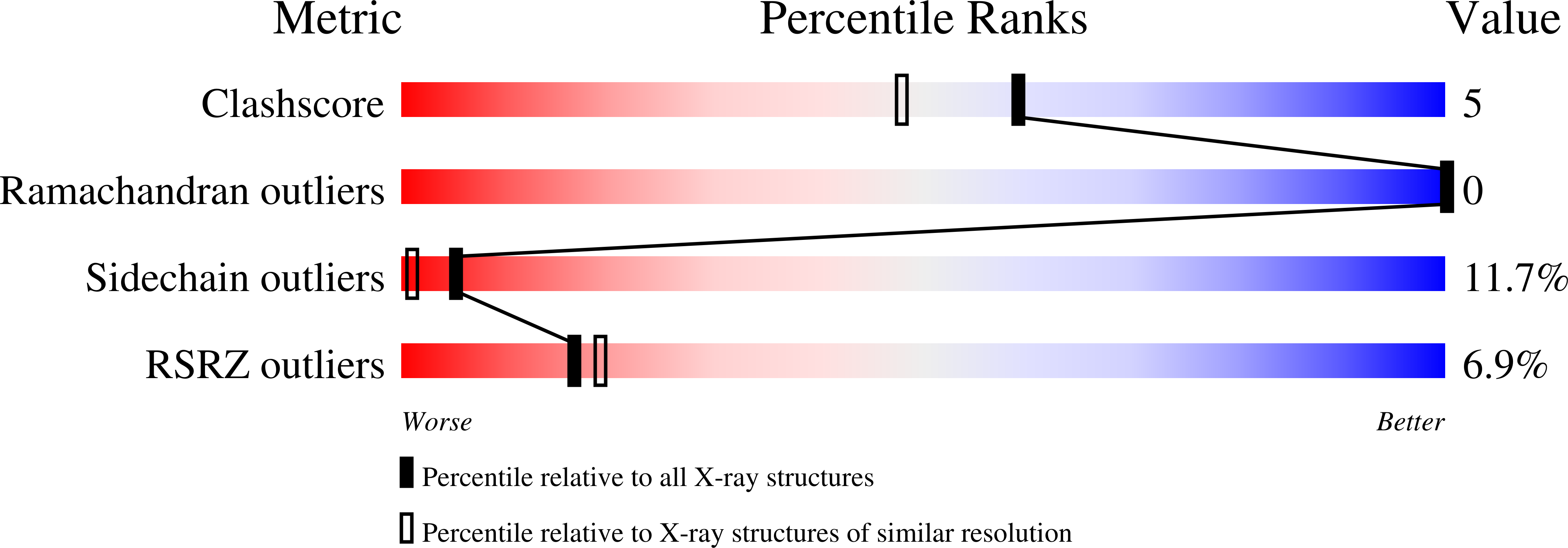
Deposition Date
2002-12-04
Release Date
2003-09-02
Last Version Date
2023-08-16
Entry Detail
Biological Source:
Source Organism:
Streptomyces avidinii (Taxon ID: 1895)
Host Organism:
Method Details:
Experimental Method:
Resolution:
1.70 Å
R-Value Free:
0.27
R-Value Work:
0.20
R-Value Observed:
0.21
Space Group:
P 1 21 1


